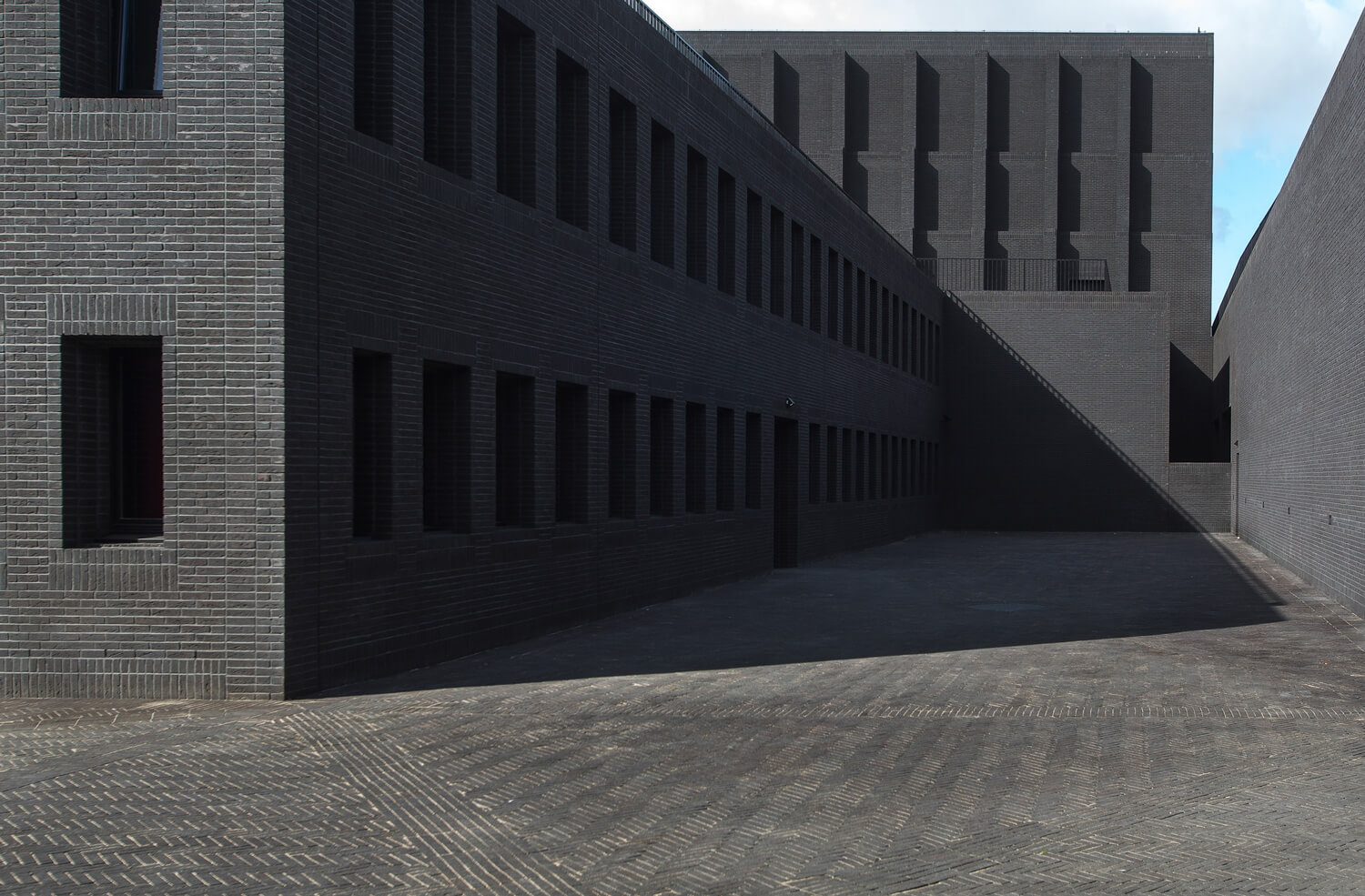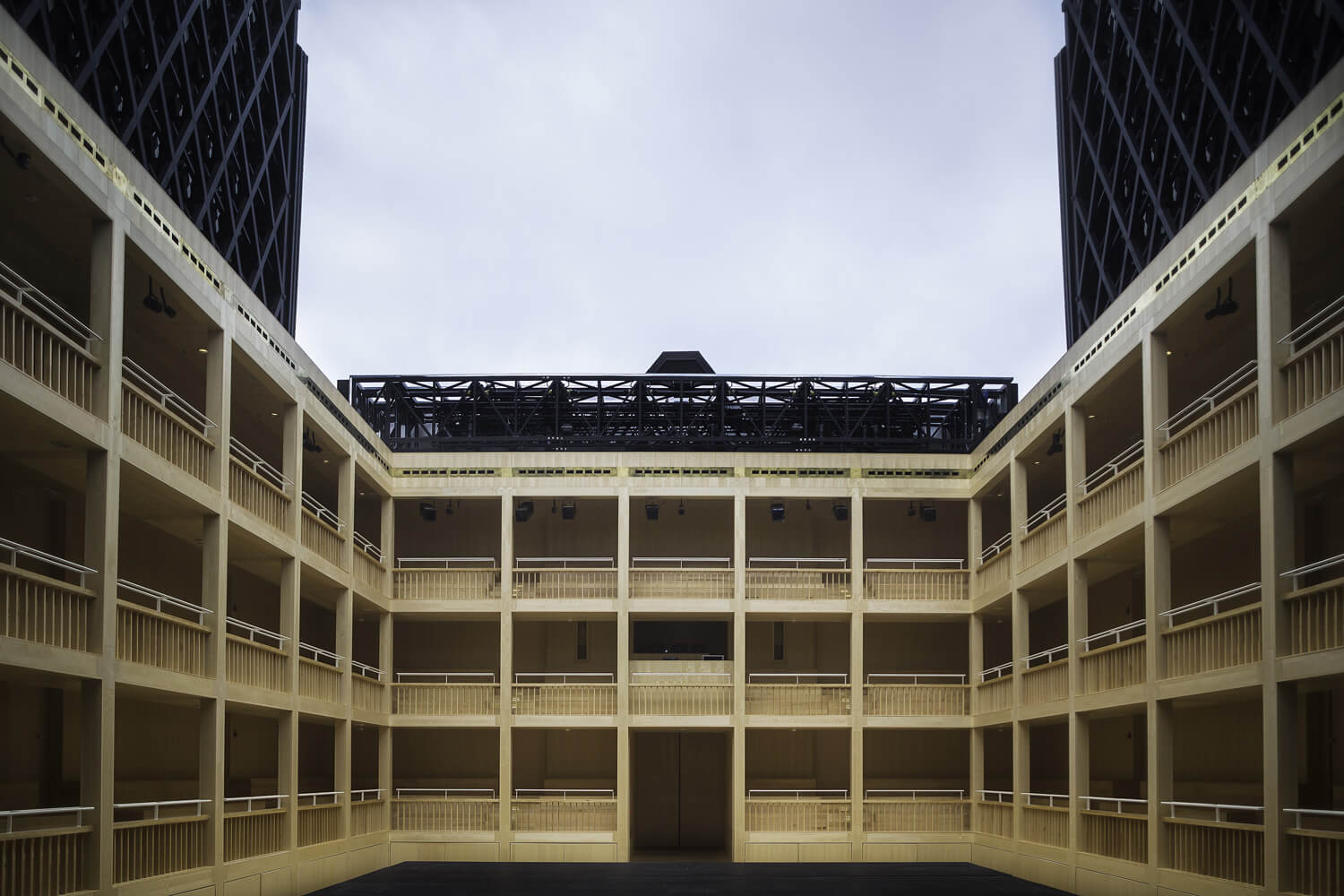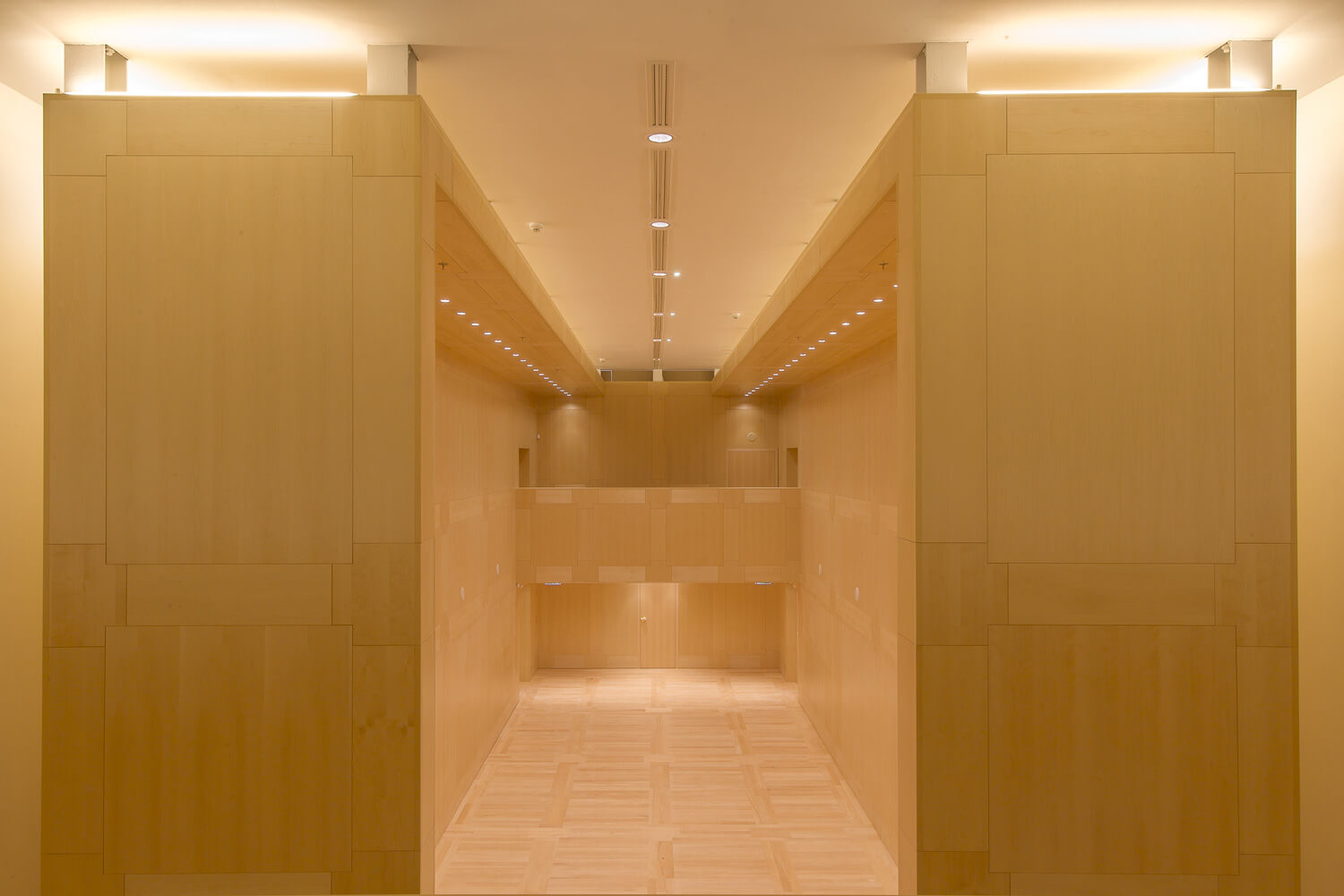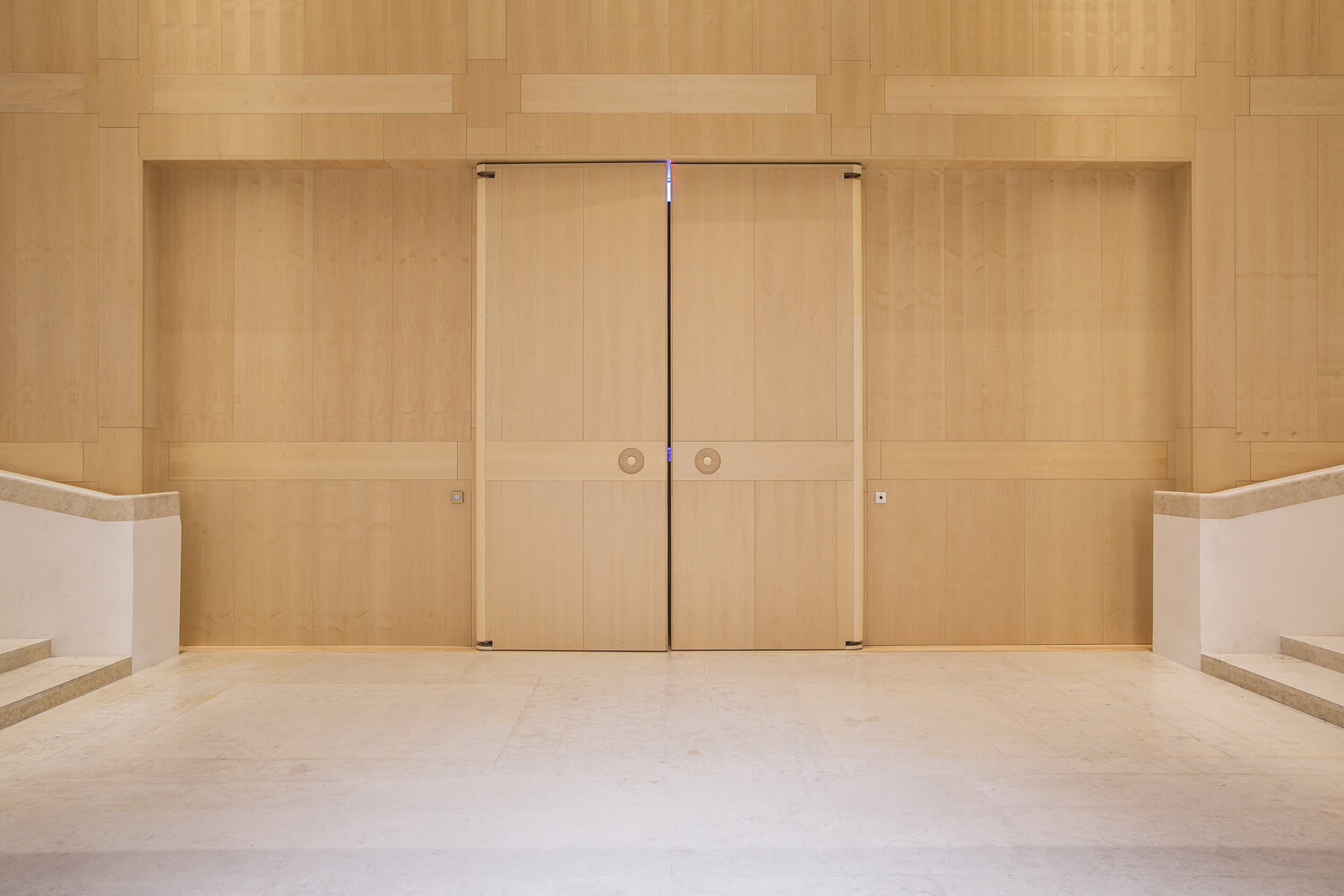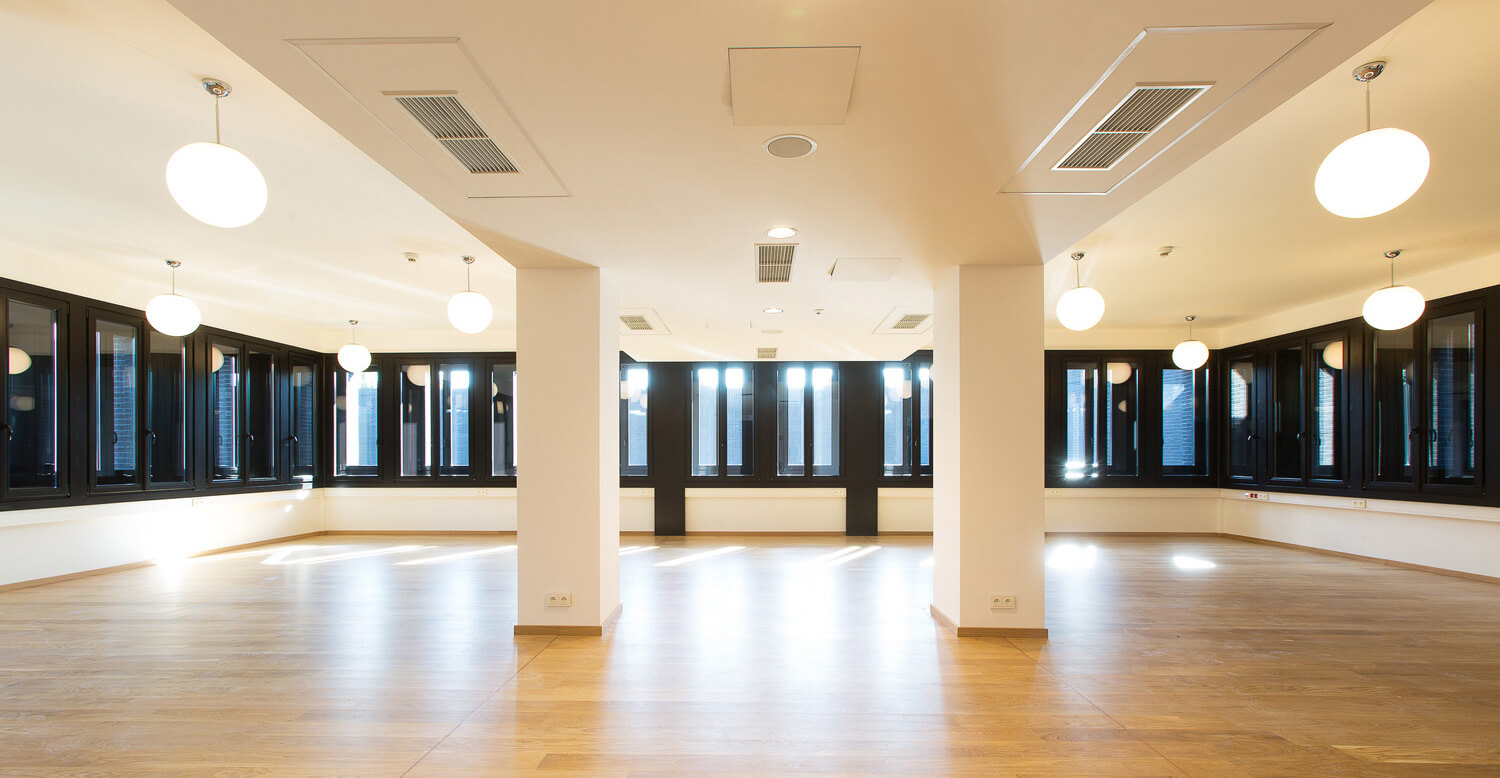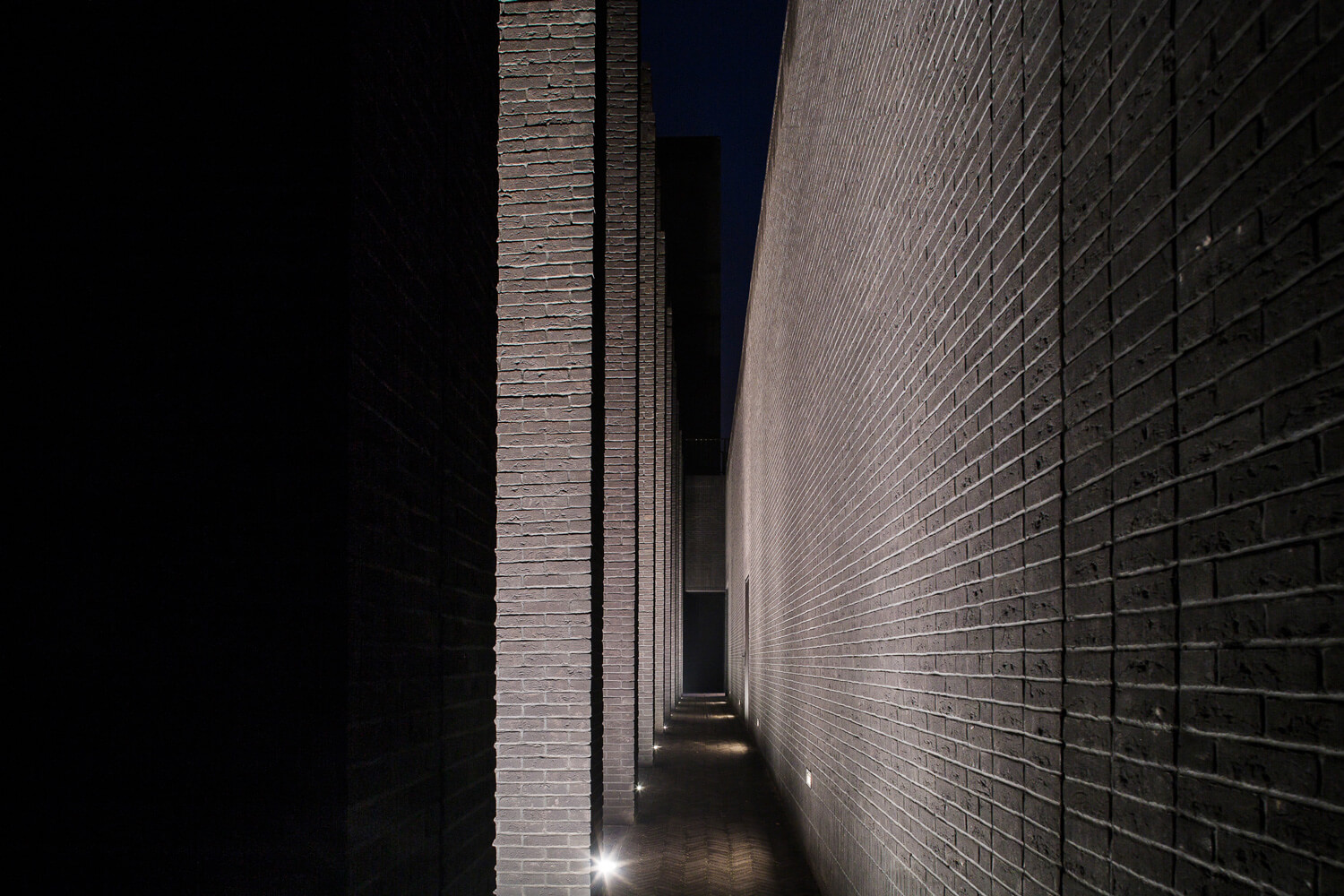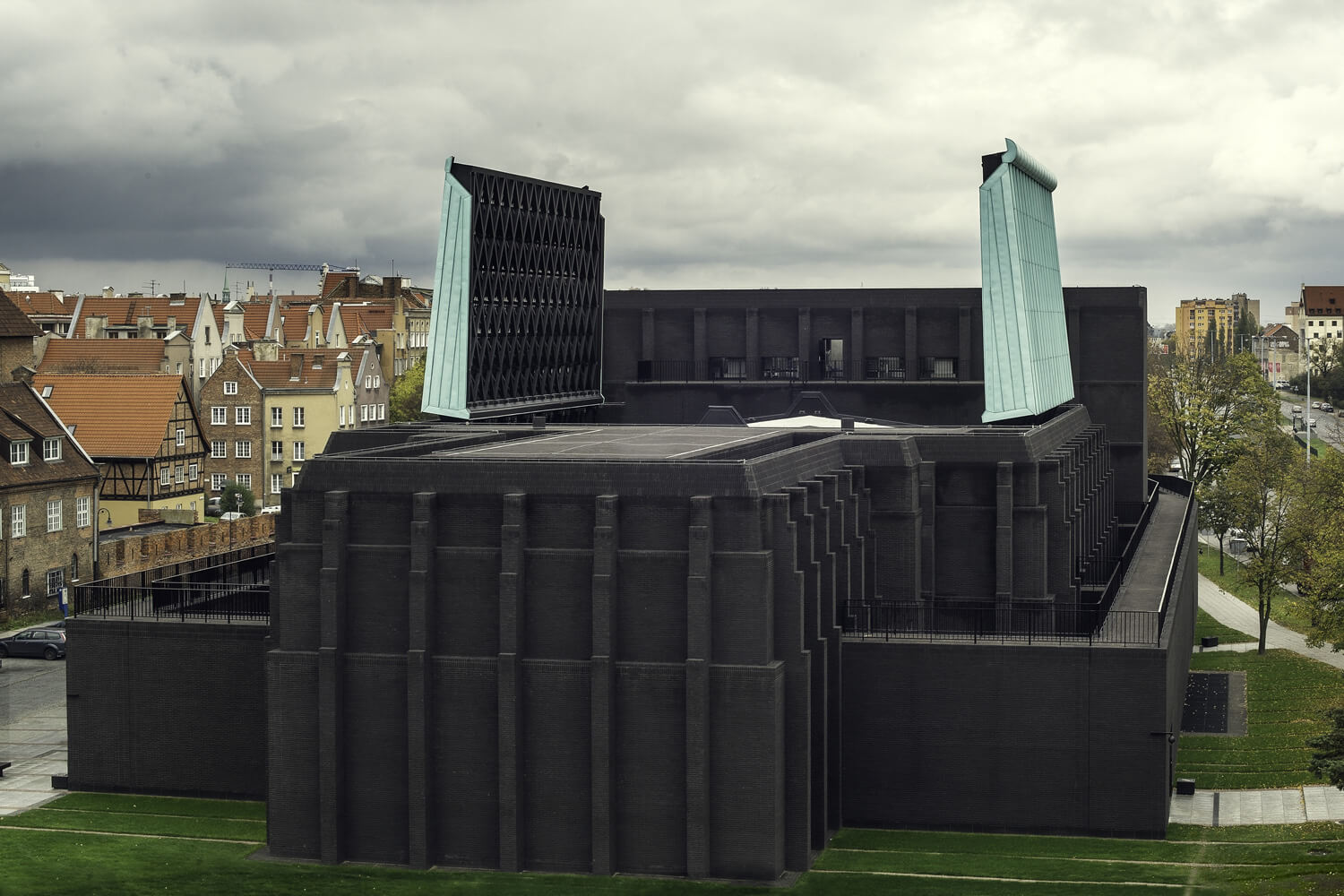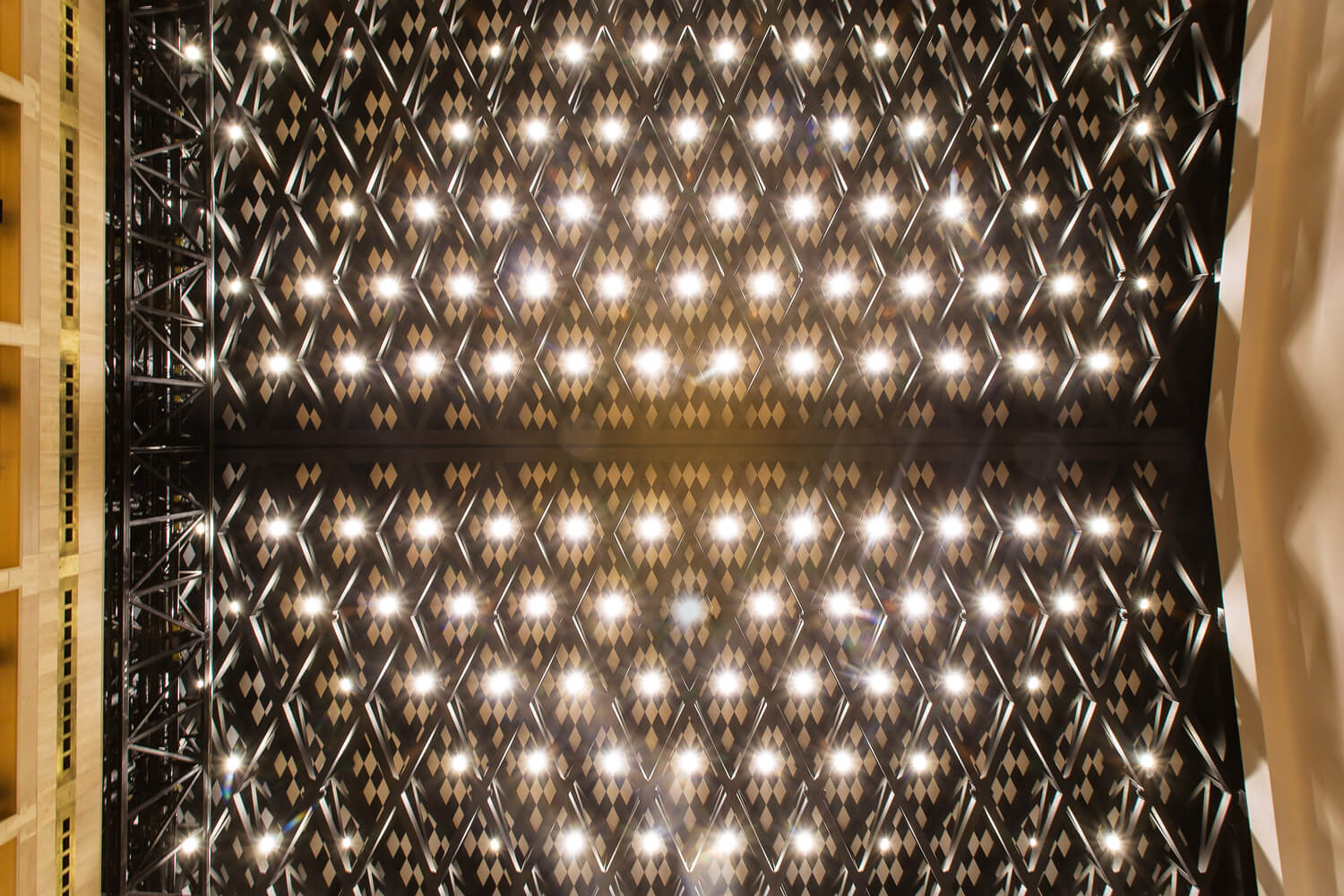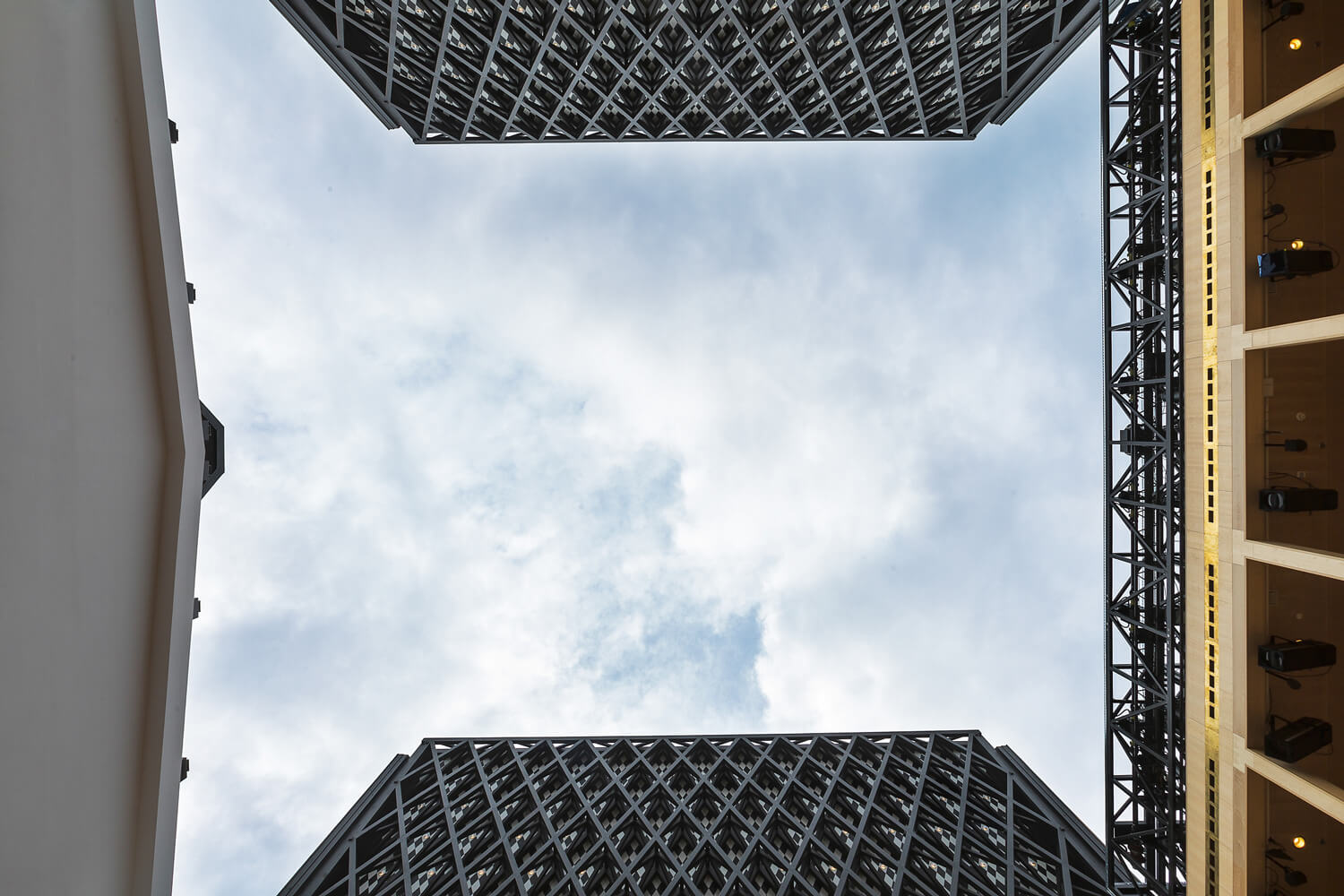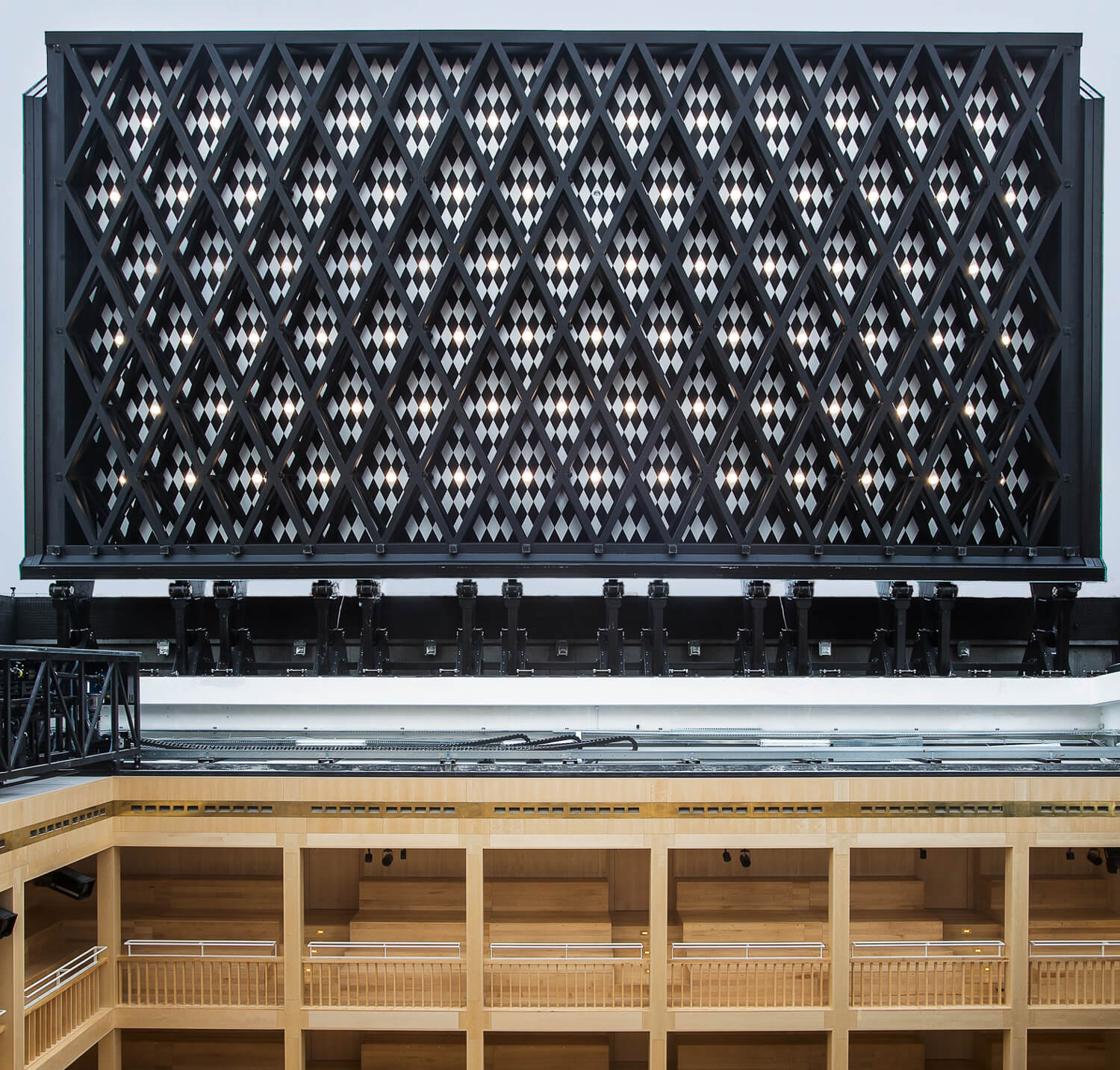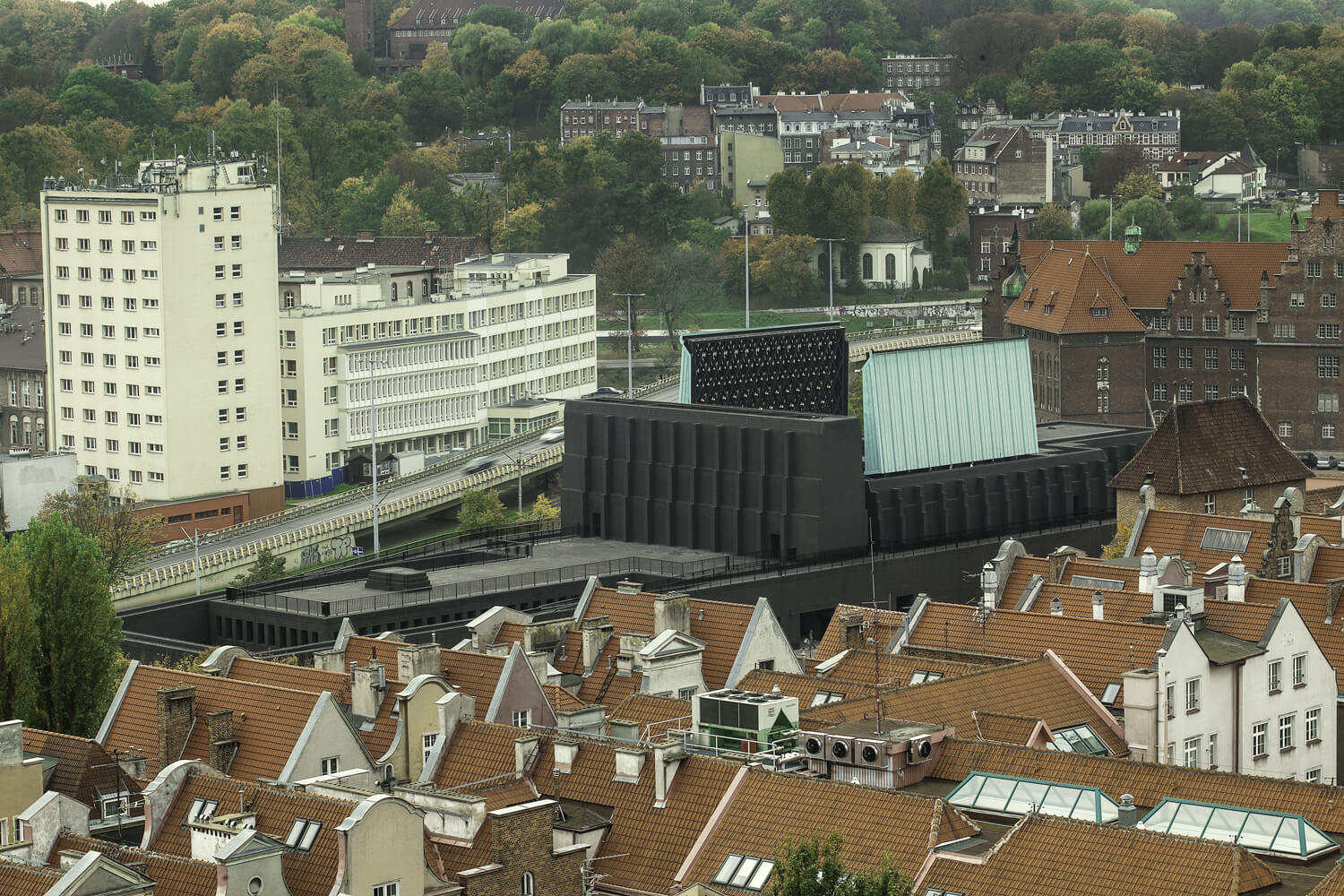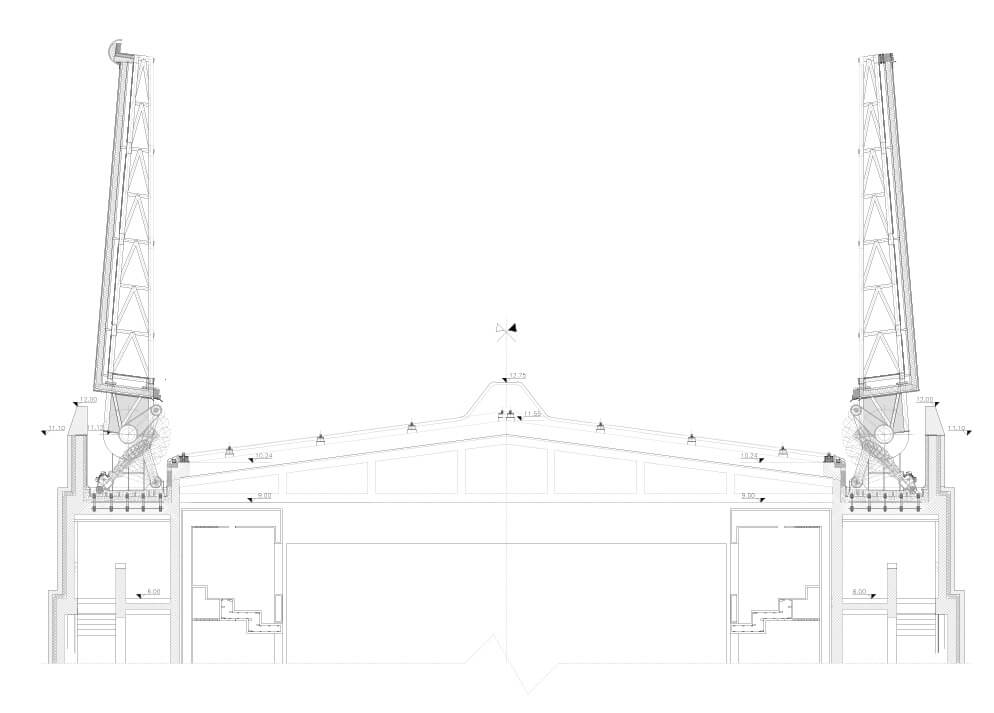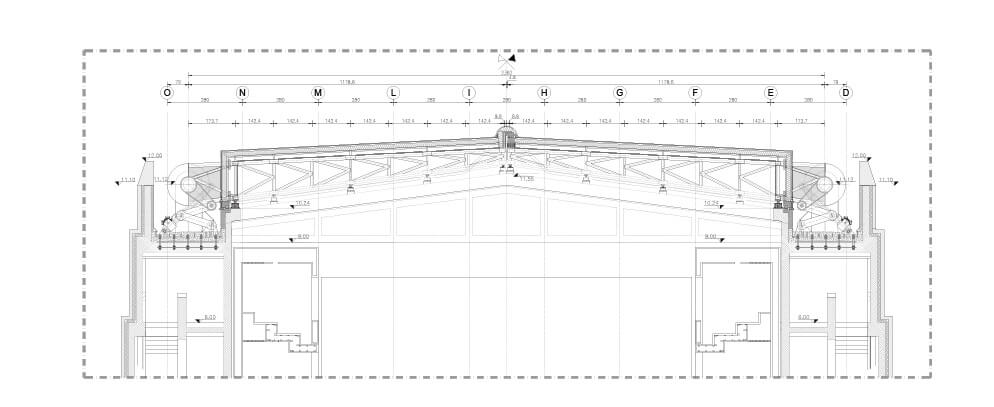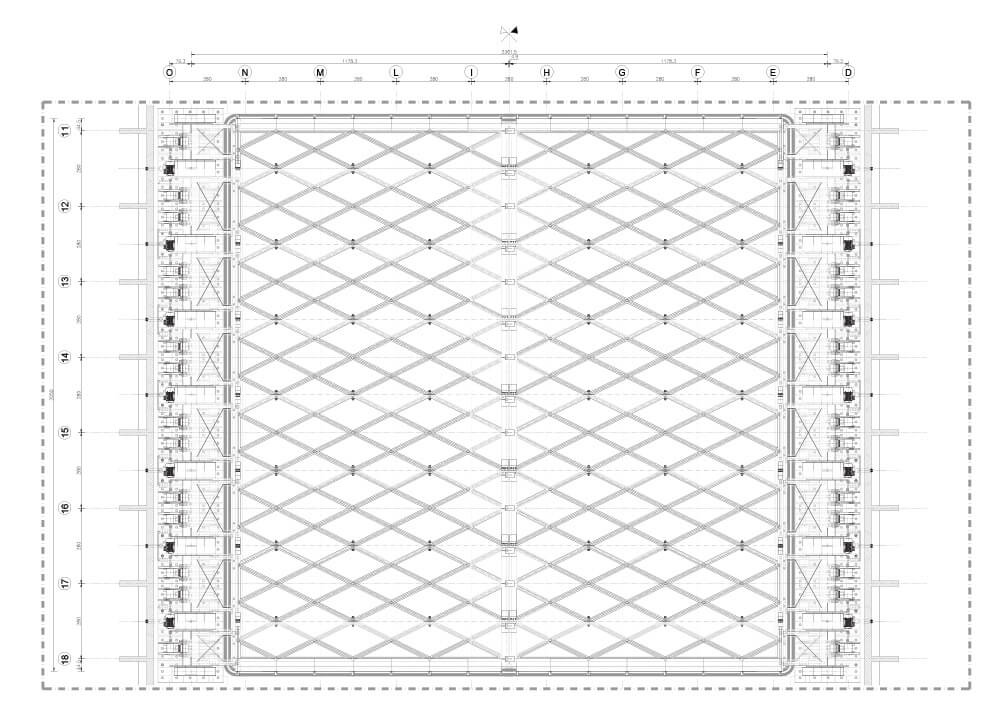The Gdansk Shakespeare Theatre / Renato Rizzi
The Gdansk Shakespeare Theatre / Renato Rizzi
Location
It has taken almost a quarter of a century, but now the Shakespearean Theatre in the city of Gdansk (Poland) is open to the public. Architect Renato Rizzi (Italy) used black facing bricks and pavers. This is how he created a new shade and a contrast in the predominantly red brick town.
Treasure chest
On the outside of the theatre a pair of Gothic elements can be seen, which reflect the style of the old city centre. For the façade, the architect used a dark charcoal brick, the Morvan. The black colour represents strength and durability, and contrasts nicely with the brickwork of the surrounding buildings. The pavers around the building are of the exact same colour.
The inside of the theatre is different from what you would imagine. White walls, bright marble stairs and birch wood panelling brighten up the interior. The residents of the city compare the theatre to a treasure chest: solid and heavy on the outside, refined and polished on the inside.
Interior
Labyrinth
The layout of the building creates a multidimensional framework for the different types of activities: (theatre) performances, meetings, exhibitions or other events. The Shakespearean Theatre is not just a building, it is also a mirror of the city, a maze of narrow corridors (streets), squares (courtyards) and a complex world of different functions.
There are three ways to stage a performance: with an open roof (the Elizabethan style), the traditional setting (the audience is in front of the stage) and an arena layout (the scene is surrounded by the audience). The narrow corridors around the audience lead to a large lobby and an outdoor patio. This is where the audience can congregate in the interval. The outdoor roof terraces provide an attractive view that allows you to see the city in a different perspective.
Retractable roof
Support
In the outer walls you can see beams in the brickwork. These absorb the load from the sunroof ('wings'). They reduce the weight of the walls and allow for structural optimization. The high wall hides the theatre's mechanisms and technical equipment.
The Shakespearean Theatre is an example of new architecture that is closely interwoven with tradition.
Why brick?
The brick comes from the earth, no doubt, comes exactly from the colour. It has to be dark but also very rough and strong, because the earth in Poland is very strong. But there is another bigger question, when you open the building, the building becomes void. The void is a strong energy because the void breaks everything. So how it is possible to have a shape that is able to keep together the energy of the void when you open something. So in this case the bricks to use the same colour and very dark colour it was indispensable, because when you open the building, the theatre becomes full of light and full of fresh air so the fresh air invades your body in a very incredible manner and it is very strong experience.
Drawings
Extra info
Architect:
Renato Rizzi
Design:
Rizzi - Pro.Tec.O
Roberto Rossetto, Roberto Giacomo Davanzo, Andrea Rossetto, Emiliano Forcelli, Susanna Pisciella, Denis Rovetti, Lorenzi Sivieri, Luca Sirdone, Ernst Struwig
Local office:
Q-Arch
Area:
4000 m2
Year:
2014
Structure:
Armando Mammin
Client:
GTS (Gdański Teatr Szekspirowski)
Construction managers:
Bud-Invent
Structural Engineering:
Andrzej Dabrowski
Electrical:
Jan Wachacki
Mechanical:
Arkadiusz Kontecki
Hydraulic:
Lukasz Pilch
Building Technology:
Zbigniew Koska
Fire Consulting:
Feliks Mikulski
Construction Company:
N.D.I
Cost:
25.000.000 euro





